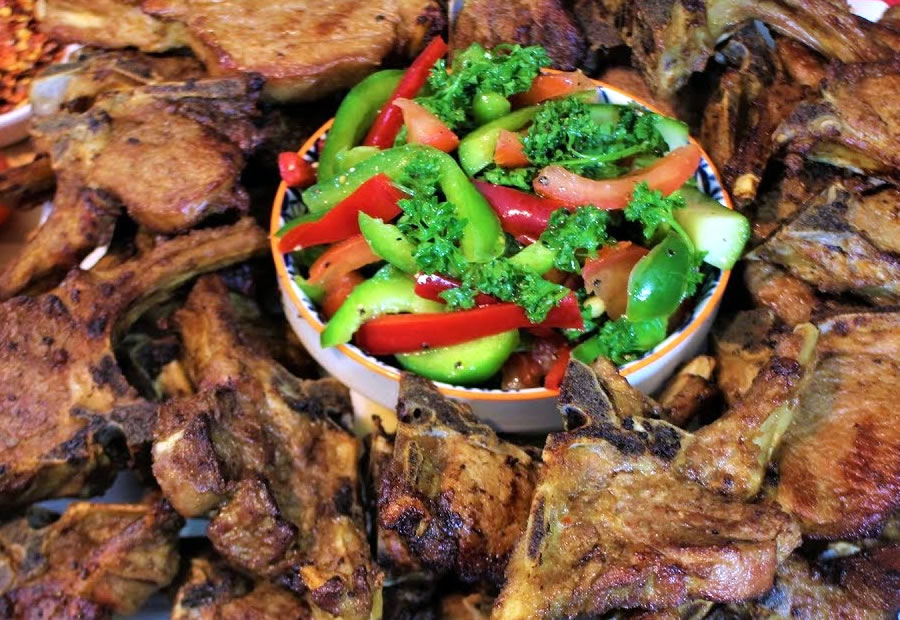
Kenya's cuisine, marked by a blend of African, Arab and Indian traditions, has become an added attraction for visitors to the country. In each region, the flavours reflect history, customs and ways of life that transcend the table.
Ugali with sukuma wiki is the most common dish in Kenyan households. Made with maize flour and accompanied by sautéed kale, it is a staple food that, as the Swahili expression goes, helps 'stretch the week' until the next pay cheque. It is traditionally eaten by hand.
At celebrations and social gatherings, nyama choma takes centre stage. This goat or beef meat, slow-roasted over coals and served only with salt, has become a symbol of conviviality. Its simple preparation and smoky flavour have made it popular at roadside stands and restaurants.
Breakfasts often include mandazi, a lightly sweet, triangular fried dough served with spiced tea. Golden on the outside and fluffy on the inside, it is one of the most widely eaten snacks in markets and cafes around the country.
The influence of the Swahili coast can be seen in pilau, a rice flavoured with cumin, cardamom and cloves. Originating from the Indian trade, it is often served with kachumbari, a fresh tomato and onion sauce that balances its intensity.
Rounding out the list are maharagwe, a red bean stew in coconut milk, and chapati, a flat, flaky bread made from Indian roots. Both accompany everything from meats to vegetables and are a popular choice for vegetarians and travellers looking for homemade flavours.
Source: @discoveringkenya
